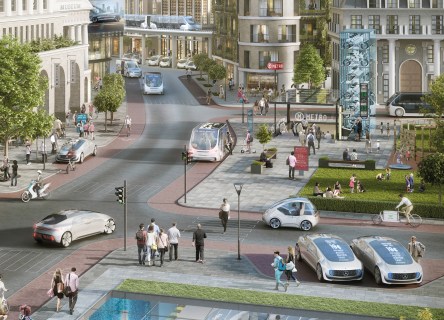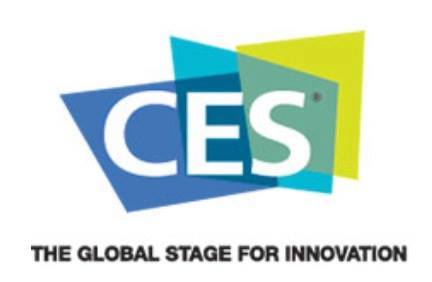Once found only in science fiction, self-driving cars are about to show up on a street near you. Goldman Sachs estimates that the market for advanced driver assistance and autonomous vehicles is expected to grow from roughly $3 billion in 2015 to $96 billion in 2025 and balloon to $290 billion in 2035. When two giants meet and start planning together, the world expects great things. One such collaboration, between Daimler — the world’s largest maker of premium cars, and Bosch — the world’s largest automotive supplier, is poised to bring a major change to the auto industry. The two companies are teaming up to develop self-driving cars and speed up the normalization of “robo-taxis.” The fully automated vehicle is planned to be ready for use in urban markets in the early 2020s, the companies say. The autonomous driving system will be designed for city driving. The expectation is that self-driving taxis will improve traffic flows in cities and road safety. The development alliance is on a mission to create a system for fully automated Level 4 and driverless Level 5 vehicles. The Society of Automotive Engineers has defined five levels of driving automation: Level 4 means the car assumes all of the driving in many conditions — it could drive fully autonomously in specific geographic locations, such as a certain route in a city center, or in certain weather conditions. Level 5 is reached when the vehicle can operate in all conditions, without requiring any human intervention at any time. Daimler, through its passenger car brand Mercedes-Benz, has been working on autonomous vehicles for years. At the same time, the company keeps a close eye on the growing group of people who would rather use public transportation and car-sharing than own a car....
CES 2017
High Level Highlights
New year, new tech. Sin City begins 2017 in style, for a few days becoming the world’s greatest technology hub filled with innovations we didn’t know we needed. The automotive industry in particular is evolving at a fast pace. Trends in connectivity, fuel efficiency and social behavior drive its development. Manufacturers are also offering upgrades for everything from super-resistant windshields to autonomous driving. Corning Inc. premiered its newest Gorilla Glass, a windshield that is five times tougher and up to 60 percent lighter than conventional windshield laminates. The windshield provides real-time updates on traffic and landmarks while also enabling a lighter, more fuel-efficient ride. Ford is the first automaker to use Gorilla Glass in a production windshield. Its GT supercar model comes equipped with Gorilla Glass in the bulkhead and engine cover, cutting 12 pounds from the weight of the vehicle. Gorilla Glass Automotive can help automakers comply with rising standards: U.S. automobile fleets must reach 54.5 miles per gallon by 2025, while European Union fleets must achieve 57.6 miles per gallon by 2020. Microsoft executives publicized that they would focus their efforts on connecting vehicles to Microsoft’s cloud services. The company describes its new platform as “a set of services built on the Microsoft Azure cloud and designed to empower auto manufacturers to create custom connected driving experiences.” It is not an in-car operating system. Instead, it is a “living, agile platform that starts with the cloud as the foundation and aims to address five core scenarios that our partners have told us are key priorities: predictive maintenance, improved in-car productivity, advanced navigation, customer insights and help building autonomous driving capabilities.” Renault-Nissan confirmed its plans to use Microsoft cloud services for navigation, predictive maintenance and remote care monitoring. BMW announced its partnership with...


